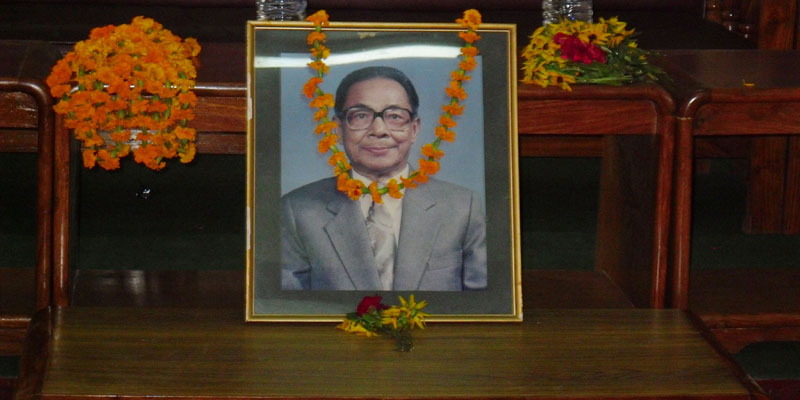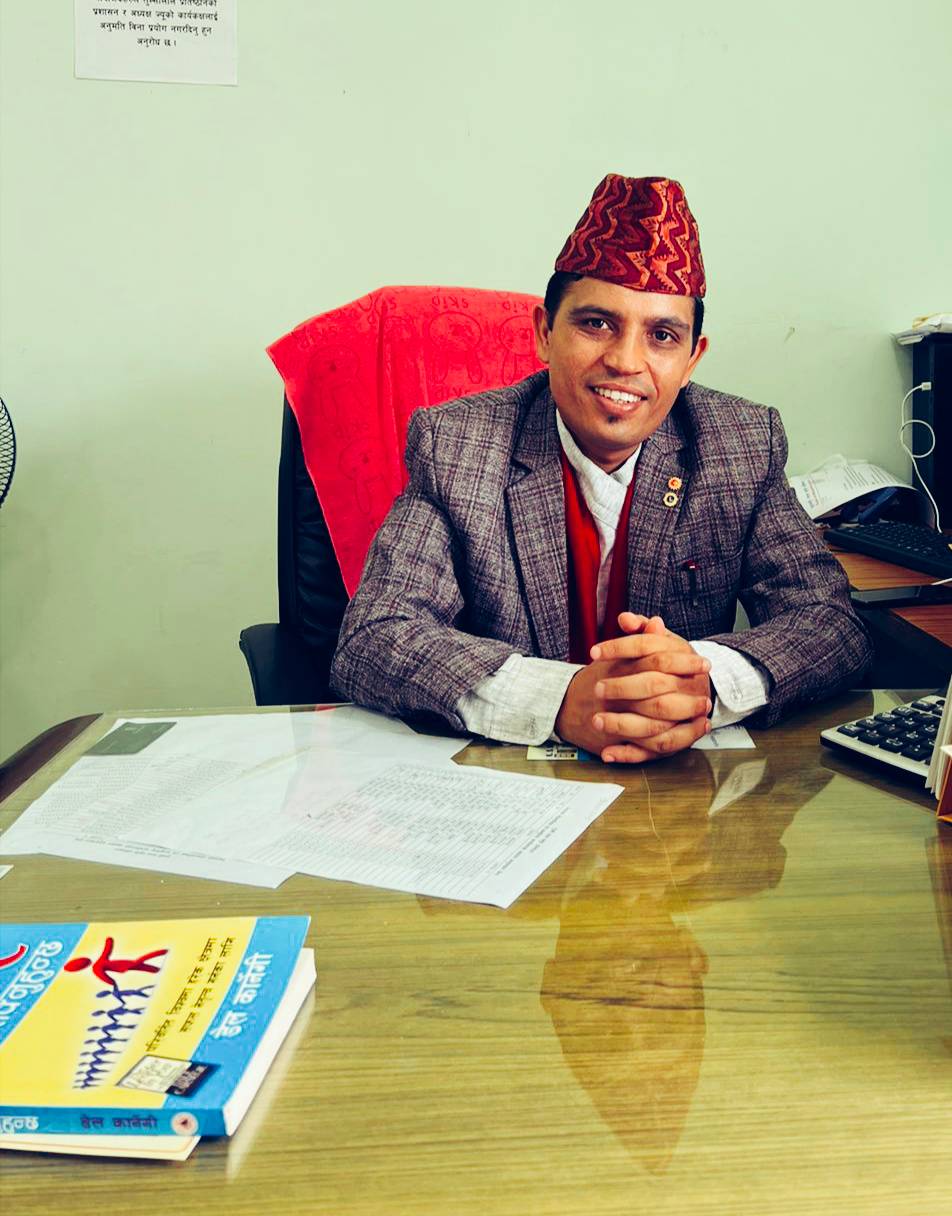
In the year 1948, he joined Nepali Rastriya Congress, a bourgeois party, led by B. P. Koirala and was later on inducted in its Central Executive Committee. In the same year he established Nepal Peasant and Workers Organization under his chairmanship. On realizing that Congress Party was not in favor of working class and radical transformation of society, he soon dissociated from that party and came into contact with Comrade Pushpa Lal Shrestha , the founder of Communist Party of Nepal(CPN) which was recently established in April 22, 1949 in Calcutta, India.
In the first historic gathering of communist cadres in Sept. 1949, he was elected a member of Central Organizing Committee of CPN. Comrade Tulsi Lai Amatya succeeded to ascend to the powerful politburo in the first conference of communist party of Nepal held in 1951.In the 3rd congress of CPN held in 1962,- he was unanimously elected as its General Secretary. Thus comrade Amatya always assumed a leadership role since the very inception of Communist Movement in Nepal.
To his credit, he has the distinction of being founder Chairman of All Nepal Peasant Association, a mass wing of Communist Party of Nepal, till these days. First as a Congress Party leader and later as a prominent Communist leader, he organized people to spearhead movement aimed at overthrowing family and despotic rule of Ranas. He even managed to jump over the tightly guarded wall of Narayanhity Royal Palace and contacted King Tribhuvan, merely a titular head, at that time, to garner his support for Nepali Rastriya Congress and the democratic movement. When Rana rulers came to know about this incident, seven spies were specially deputed for the arrest of Comrade Amatya. But he went underground, to evade arrest, and involved in organising people from hiding. Comrade Amatya, who was staying at Raxaul office of the party, was sorrounded and arrested at mid night by the armed police and put into Bhagalpur jail for 8 months by Indian rulers on charge of protesting against the tripartite agreement concluded between the Rana Rulers, Congress and the Monarch in Feb 1951.
He was the main architect behind the historic peasant uprising of 1952 in Bara, Rautahat and Sarlahi districts, of Nepal. This was the movement, directly participated by about three hundred thousand peasants, unparalleled in the history of peasant movement in Nepal, when farmers had risen against feudal exploitation by burning Tamshuks (written documents binding the poor farmers with loans) amounting to 200 million rupees. There was virtually no government in the above districts for the fear of attacks by farmers.
In the first general election held in 1959, he was elected as a member of parliament from Lalitpur district and then became the leader of parliamentary party of CPN. As a leader of Communist group in the parliament, his significant and prominent role was widely admired, even by his opponents.
December 15, 1960 has been marked as a black day in the history of the country, when king Mahendra suspended the constitution, dissolved the elected parliament, banned political parties and established his direct rule. Political leaders were either arrested or forced to leave the country. Comrade, Amatya, too managed secretly, to escape to India, in defiance of arrest warrant. He began to organize party while in exile to India.
He returned to Nepal in 1979, after 19 years of exile in India only after the proclamation of referendum by King Birendra and when he was granted general amnesty. He was soon arrested on the charge of propagating communist ideology by the Panchayat rulers and was kept in police custody for 13 days. He was again arrested in 1985 and 1988 by Panchayat rulers and was imprisoned for 5 months and 3 months respectively.
On 16th Feb. 1990, seven communist parties, irrespective of their political and ideological clouts, were untied to form ‘United Left Front’ (ULF) under the initiation of comrade Tulsi Lal Amatya, with a view to launch a nation wide people’s movement for restoration of parliamentary democracy in Nepal. He was the Honorary Chairman of ULF. Comrade Amatya was the first leader to come out openly on the street, holding the red flag of communist party, in the people's movement launched unitedly with Nepali congress for the restoration of party system and democracy in Nepal. This led to his arrest, imprisonment and was released only after the restoration of parliamentary democracy and party system in April 1990.
On 14th Dec., 1993 the communist party of Nepal led by him, was merged with CPN (UML). As a result, he became the senior most member of Standing Committee of CPN (UML). He also served as a Ambassador of Nepal to People’s Republic of China from February 1995 to December 1996.
The history of political struggle, suffering and sacrifice of comrade Amatya is as old as the history of political parties, which came into existence in the wake of launching powerful movement against a century old barbaric Rana Regime. He entered active politics as back as the year 1947, when he was arrested and imprisoned for 6 months by Rana dictators, for the only fault that he led a mass demonstration, along with Tulsi Mehar Shrestha, a Gandhian disciple in Nepal, on the occasion of Independence of India from British Rule. He was handpicked with naked sword from the procession, as a dreaded criminal, by the military personnel. It was a dark period in the history of Nepal when political activities invited serious consequences, even death penalty.
